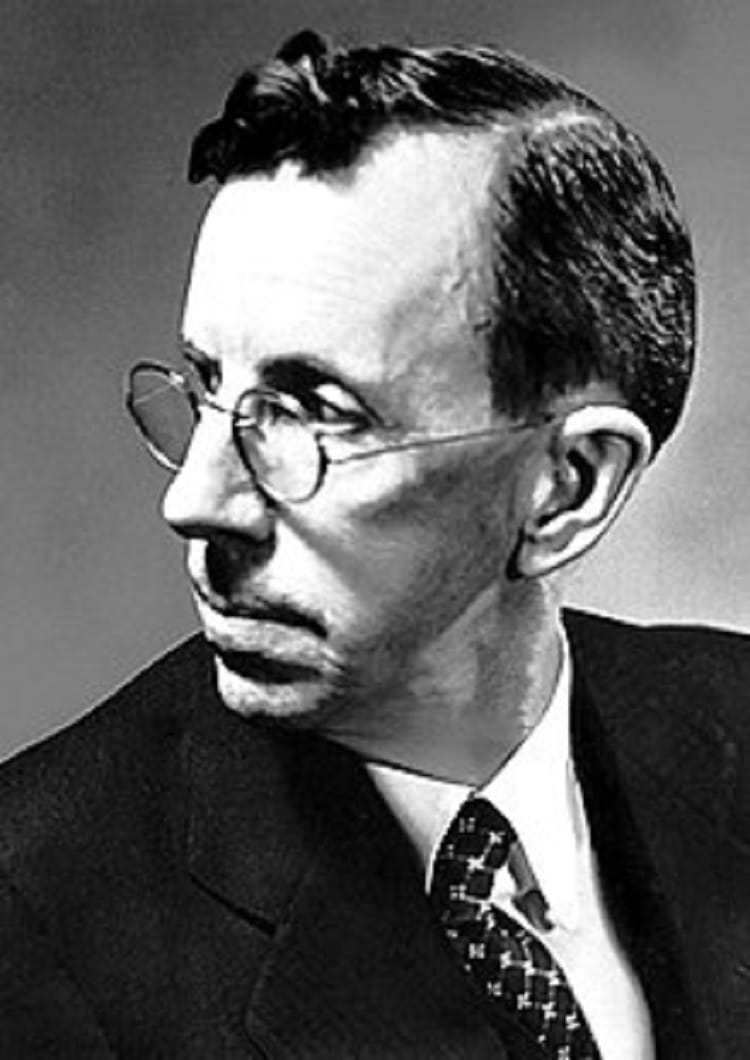Clinton Davisson: Unveiling the Wave Nature of Electrons

Clinton Davisson (22 October 1881 – 1 February 1958) was an American physicist. In 1937, Clinton Davisson was awarded the Nobel Prize in Physics.
Life and Career
Clinton Davisson was born on 22 October 1881, in Bloomington, Illinois, USA. He attended Bloomington High School and later studied physics at the University of Chicago. Davisson pursued a career in experimental physics. He conducted research at various institutions, including Princeton University and Bell Telephone Laboratories.
Davisson is most famous for the Davisson-Germer experiment, conducted in collaboration with Lester Germer in 1927. In this experiment, they observed electron diffraction, which provided strong experimental evidence for the wave-like nature of electrons, supporting the theory of wave-particle duality.
He held academic positions at institutions such as Western Electric Company and the University of Virginia. Clinton Davisson passed away on February 1, 1958, in Charlottesville, Virginia, USA, at the age of 76.
Award and Legacy
Clinton Davisson was awarded the Nobel Prize in Physics in 1937 for his contributions to the experimental discovery of electron diffraction, which provided important evidence for the wave-particle duality of electrons. Clinton Davisson’s work in electron diffraction significantly advanced our understanding of the wave-particle duality of matter, a fundamental concept in quantum mechanics. His research laid the foundation for many subsequent developments in solid-state physics and quantum physics, with applications ranging from electron microscopy to semiconductor technology.
Observer Voice is the one stop site for National, International news, Sports, Editor’s Choice, Art/culture contents, Quotes and much more. We also cover historical contents. Historical contents includes World History, Indian History, and what happened today. The website also covers Entertainment across the India and World.
Follow Us on Twitter, Instagram, Facebook, & LinkedIn

